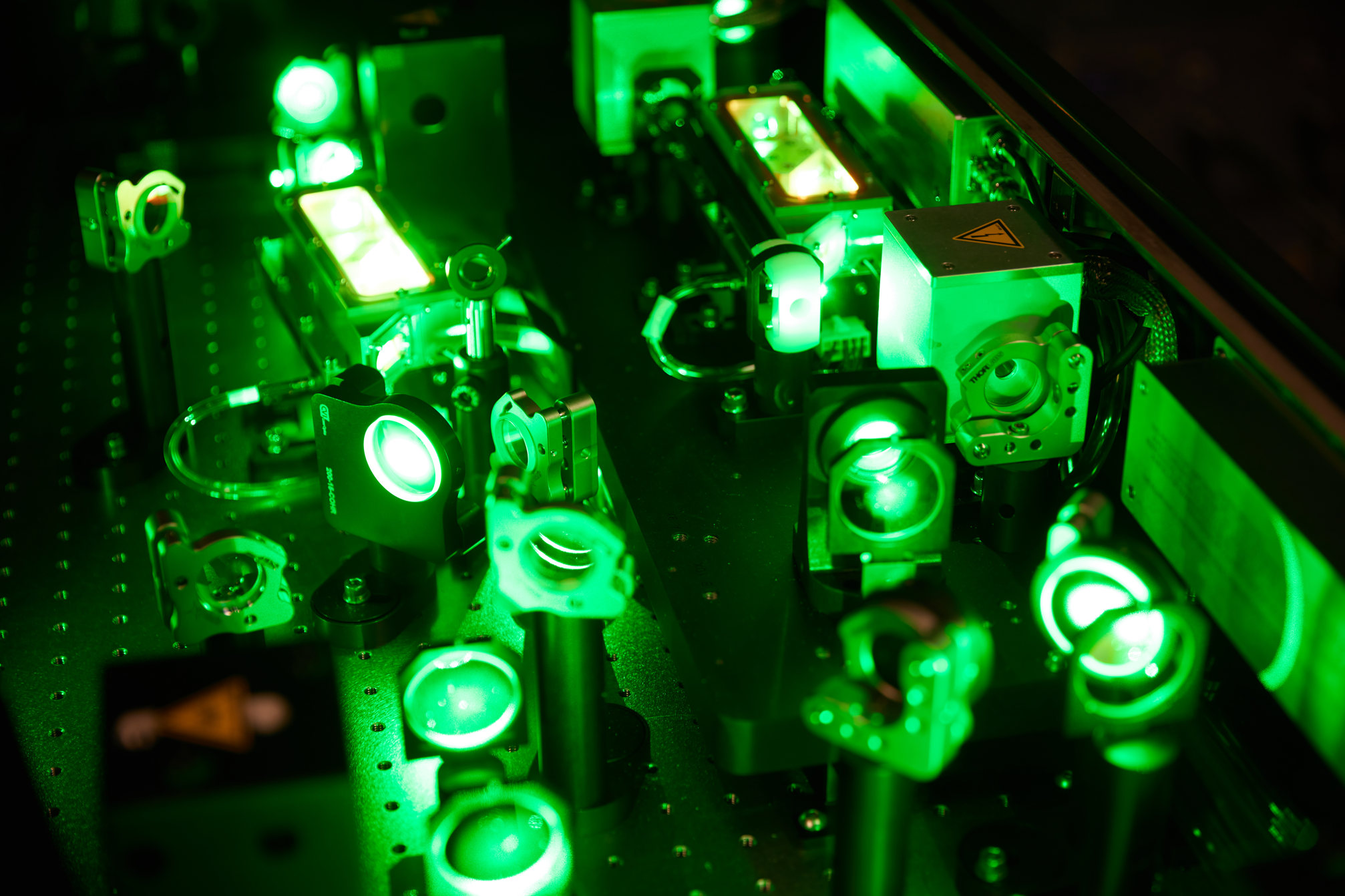Publication author, Samantha Rutherford, explains how below.
To answer this question, researchers from CLF ULTRA, the University of York and the University of Strathclyde looked to utilise the CLF Ultra's LIFEtime spectrometer that can measure two-dimensional infrared (2D-IR) spectra in under a minute. This creates the possibility of using 2D-IR as an analytical tool.

However, the exploitation of 2D-IR spectroscopy in analytical settings requires comparison between multiple datasets which stresses the control of data collection protocols. Data pre-processing is routinely used in other spectroscopies to improve data interpretability and aid comparisons between different spectrometers by minimising spectral noise, removing outliers and artefacts, which ultimately leads to improvements in data clarity and classification accuracy.
Inspired by analytical spectroscopy applications in other disciplines, the researchers establish a pre-processing workflow for 2D-IR data that aims to simplify spectral cross-comparisons. Specifically, their work exploits the thermal signal from H2O, present in all physiological solutions, as both an internal standard for sample normalisation and to monitor the laser bandwidth which guides the baseline subtraction pre-processing stage, reducing impacts of laser fluctuations and spectral noise on quantitative analysis.
Application of this workflow to three different 2D-IR datasets demonstrates improved quantification accuracies and lower detection limits for protein species in serum. The third and final dataset establishes the first 2D-IR amide I protein library in physiological solutions enabling quantification of the four major protein constituents of blood serum in a single, label-free measurement.
Owing to the unique 2D-IR spectral patterns arriving from different protein secondary structures, this work showcases the identification and quantification of multiple proteins from a single blood serum sample with no sample preparations. Using 2D-IR, these results are achieved in a few minutes from a sample volume of only ~10 µL, which is about a 5th of the size of a drop of water.
This research is an important step towards robust data handling strategies that will be necessary for future applications of 2D-IR to pharmaceutical or biomedical problems. If this method is combined with other methods, such as artificial intelligence and machine learning algorithms, the potential exists for a truly unguided assessment of protein content from a single 2D-IR measurement.
Read the publication to find out more about this research.
